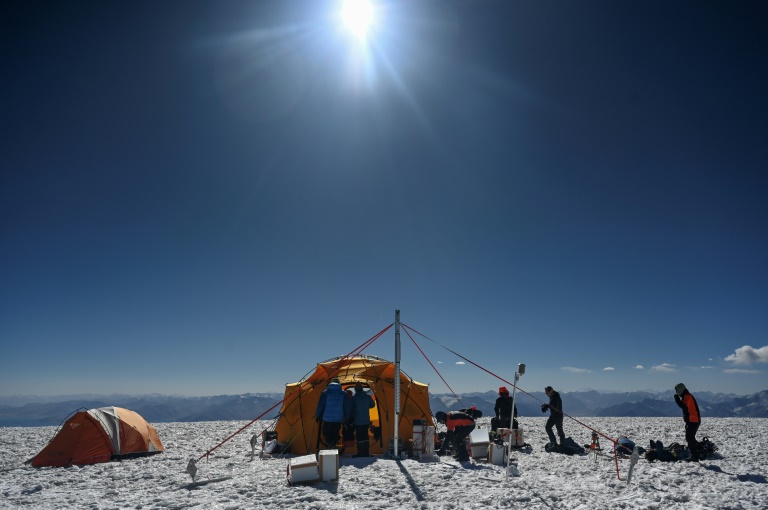Home / Environment / Glaciers in Central Asia Defy Global Warming Trend
Glaciers in Central Asia Defy Global Warming Trend
13 Oct
Summary
- Glaciers in Central Asia have remained stable or gained mass in recent decades
- Scientists drilled ice cores in Tajikistan to study this "Karakoram anomaly"
- Ice cores could reveal climate data going back 20,000-30,000 years

In September and October 2025, a team of scientists from Switzerland, Japan, the United States, and Tajikistan traveled to the Pamir mountains of Tajikistan to study a mysterious phenomenon. While glaciers are melting rapidly in many parts of the world due to global warming, the glaciers in Central Asia's high mountain ranges, including the Karakoram, Tian Shan, Kun Lun, and Pamir ranges, have remained stable or even gained mass in recent decades.
To understand this "Karakoram anomaly," the scientists spent a week camping at over 5,800 meters altitude on the Kon-Chukurbashi ice cap near the Chinese border. There, they drilled two 105-meter-long ice cores, which will be analyzed in laboratories to reveal data on past snowfall, temperatures, atmosphere, and dust. Glaciologist Evan Miles, the leader of the team, is hopeful the cores will provide a climate record going back 20,000 to 30,000 years.
The scientists want to determine whether the limited glacier mass loss seen in recent years is a natural variation or the beginning of a real decline. Understanding the long-term climate patterns in this region could shed light on why its glaciers have resisted the global warming trend that has devastated glaciers elsewhere on the planet.

